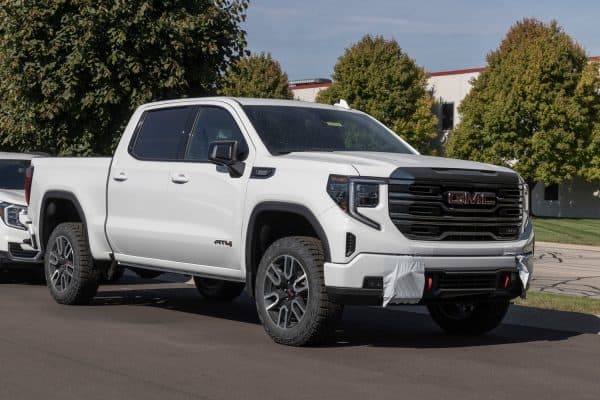It can be more hazardous than usual to maneuver a slope with your Ford Ranger if it has a hill descent control malfunction. Now, you’re wondering why it has this fault. Also, what can you do to fix this error? We researched and consulted with industry experts regarding this concern, and here’s what we found.
A Ford Ranger may experience a hill descent control malfunction because it encountered an underlying problem. The source of this issue might range from a damaged wire to a bad differential.
Troubleshoot your vehicle before attempting any repair procedures. Then, use the appropriate techniques based on the results of your troubleshooting to fix the issue from its source.
It's ideal to learn as much as you can about the possible suspects of a Ford Ranger's hill descent control fault. So continue reading as we talk about these potential culprits in greater detail. We'll also tackle some solutions that may help restore your vehicle's hill assist system's normal functions.
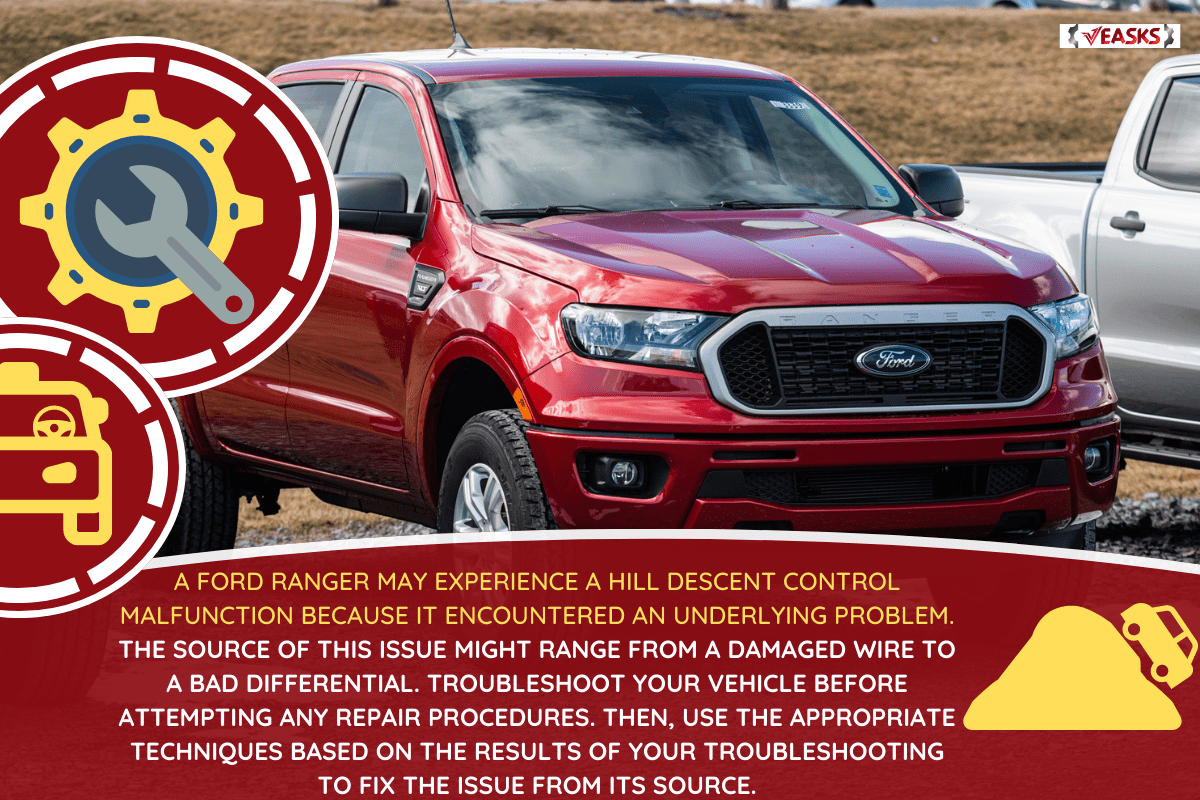
Why Is Hill Descent Control In My Ford Ranger Malfunctioning?
The hill descent control system in a Ford Ranger may malfunction because of underlying issues like:
Damaged Wires
Take note that the Ford Ranger’s hill descent assist system relies on a network of assemblies connected through wires. If harm falls upon a wire, it can cause this feature to work incorrectly if at all.
Faulty Wheel Sensor
Also called the wheel speed sensor, this component is generally responsible for measuring the wheel's speed and rotation direction. Certain vehicles, including Ford Rangers, will have anti-lock brake systems embedded into these sensors, promoting safe drives.
But a faulty wheel sensor may endorse problems for a Ford Ranger, including a hill descent control malfunction. Still, the cause of this issue might be as simple as dust covering the unit.
Cleaning the sensor may help solve the problem at its core. Otherwise, you may need to replace the worn sensor with a new unit.
Bad Differential
A vehicle’s differential, including the one in a Ford Ranger, functions by compensating the difference between the inner and outer wheels. The assembly typically works when the pickup truck turns.
The differential is also often part of the hill descent control system. So if it encounters an error, the hill assist warning light could appear and persist on your Ranger’s dashboard, instrument cluster, or center console.
Take note that this fault often has different origins. It may come from a worn pinion seal or an unplugged differential pin.
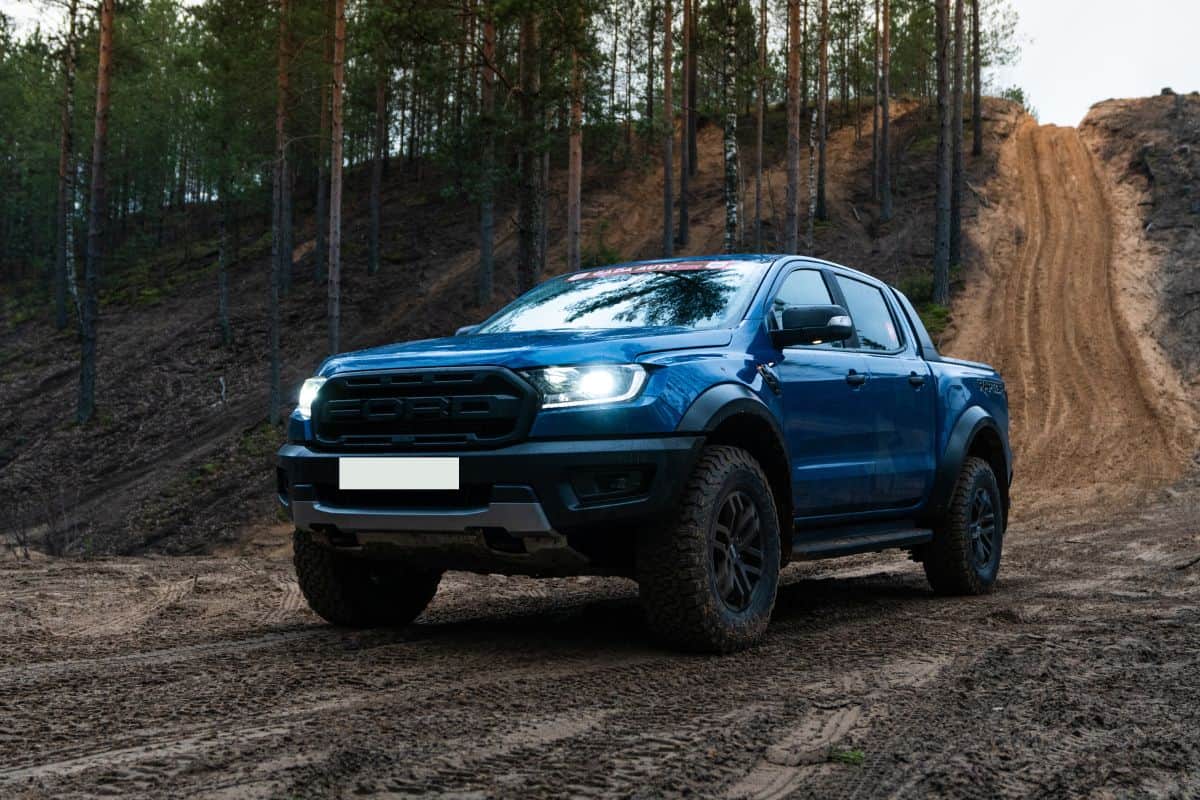
How Do You Change The ABS Sensor In A Ford Ranger?
Generally, replacing the ABS sensor in a vehicle requires sufficient automotive know-how. If you believe that you don’t have the confidence, experience, or skill to continue this job, let industry professionals handle it for you. But prepare to spend about $200 to $400 for the expert services.

Nonetheless, here’s a look at how to replace a Ford Ranger’s ABS sensor so you’ll know the steps to complete it if you wish to continue:
What You’ll Need
- Replacement ABS sensor
- Socket wrench
- Flathead screwdriver
- Panel remover
Step-by-Step Guide
- Turn off the Ford Ranger’s engine.
- Turn the wheel adjacent to the faulty sensor to expose the worn unit.
- Disconnect the old ABS sensor cable.
- Use a socket wrench to remove the bolts securing the old sensor.
- Remove the cable’s clips or fasteners.
- Carefully remove the old sensor from its mount. You may use a flathead screwdriver or a panel remover to take it out if dirt and debris jammed the piece in place.
- Install the new sensor to its mount and secure it.
- Rout the new ABS sensor cable’s wires around the wheel and ensure it won’t get into moving parts.
- Turn on the Ford Ranger’s engine to check if the hill descent control malfunction disappeared.
Check out this replacement ABS sensor for certain Ford Ranger models on Amazon.
You can also check the video below for a visual guide to the steps mentioned above:
How Do You Change The Differential Pinion Seal In A Ford Ranger?
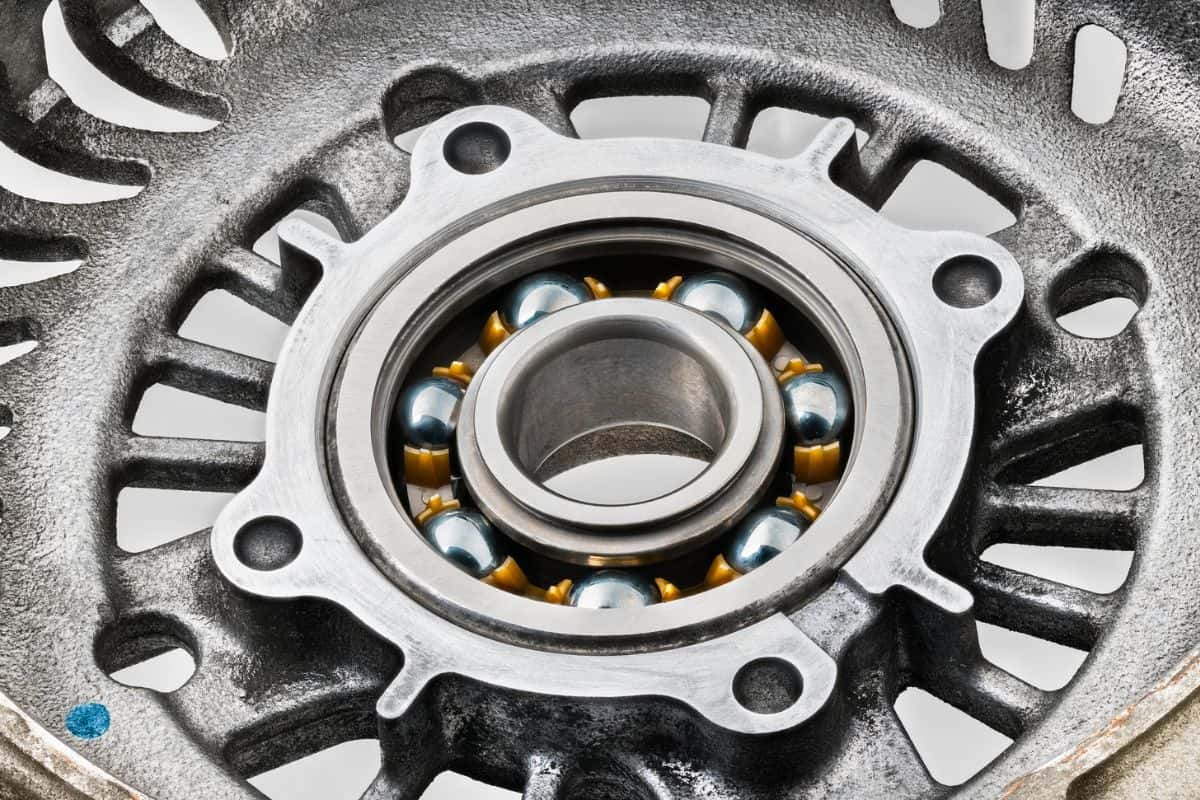
Before continuing this procedure, ensure that you have the correct pinion seal for your specific Ford Ranger model. Don’t attempt to install an incorrectly fitting pinion seal to your vehicle or the hill descent control fault may not disappear. Also, you may run into other problems down the line.
After purchasing the correct differential pinion seal, proceed with this task by following these steps:
What You’ll Need
- Socket wrench
- Car jack
- Jack stands
- Wheel chocks
- Socket wrench
- Pry bar set
- Rubber mallet
- Inch-pound torque wrench
- Replacement pinion seal
Step-by-Step Guide
- Turn off the vehicle’s engine.
- Raise the side of the Ford Ranger with the faulty differential pinion.
- Install chocks to the wheels on the ground and place jack stands under the chassis.
- Place the Ranger’s transmission into neutral.
- Disconnect the battery by removing the negative wire from the negative terminal. Repeat the same step for the positive wire.
- Go underneath the truck and remove the rubber plug from the drum brakes with a pry bar.
- Spin the wheel if it moves without restriction. If so, proceed to the next step.
- Remove the four mounting bolts securing the drive shaft.
- Hit the drive shaft’s mount with a rubber mallet to break the assembly free. Pull out the drive shaft afterward.
- Use an inch-pound torque wrench on the drive shaft’s mount to measure the required torque to spin the assembly. Make sure to take note of your readings.
- Remove the pinion nut securing the drive shaft’s mount.
- Use the rubber mallet and hit the mount a few times to remove the part.
- Remove the pinion seal with the seal puller and clean the location with a cloth and razor blade.
- Apply petroleum jelly to the new pinion’s seal spring to help keep it in place.
- Install the new pinion seal while paying attention to its orientation.
- Reinstall the drive shaft’s circle mount with the torque noted from your reading.
- Reinstall and secure the other parts you removed from the previous steps.
- Remove the jack stands from underneath the chassis before removing the car jack.
- Engage the parking brake and remove the wheel chocks.
- Turn on the Ford Ranger’s engine and test if the malfunction persists.
Check out this replacement Ford pinion seal on Amazon.
How Do I Turn Off Ford Hill Descent Control In Ranger?
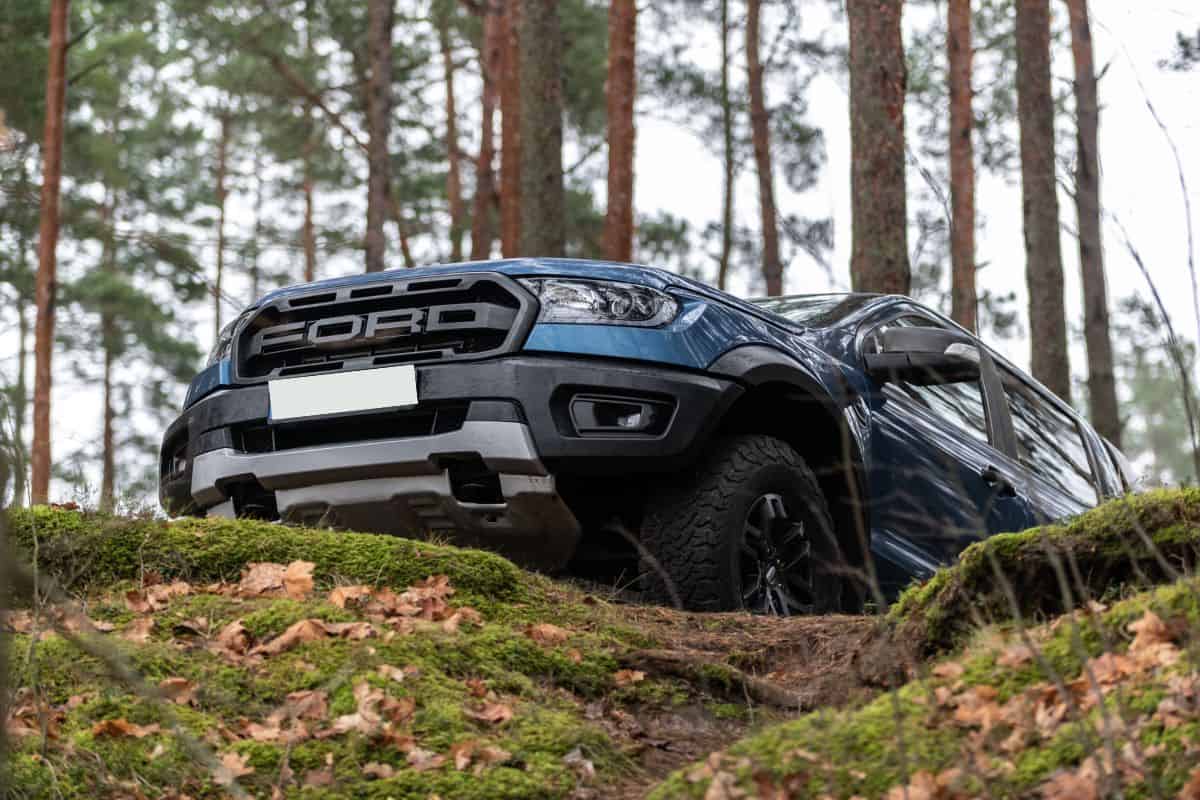
Turning off a Ford Ranger’s hill descent control system may turn off the warning light temporarily. Take note that you’re going to lose this feature’s functionalities. Nonetheless, shutting off the system might prevent unwanted harm if it malfunctions.
You only need to find the hill descent control button on your vehicle’s dashboard. Once found, press the button to disengage the system.
The short clip below will also show you how to use this feature on a 2019 Ford Ranger:
Final Words
Remember to park your Ford Ranger in a safe spot before troubleshooting it. Find the source of the hill descent control malfunction so you can use the correct methods to fix the issue at its source. If you can’t solve the problem, you may rely on professional automotive repair services for expert assistance.
If you’re looking for answers to other truck-related concerns, the answers in these posts may help you:



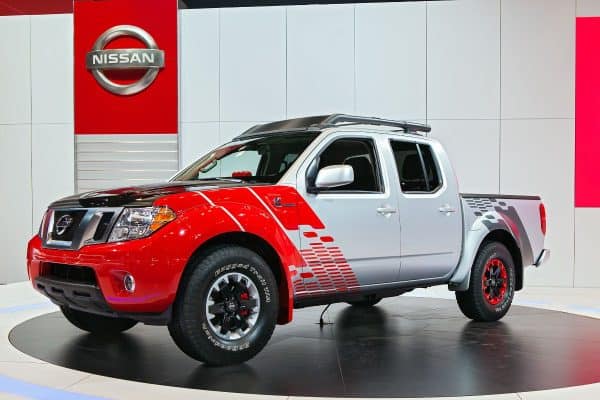
![Portrait of middle aged bearded truck driver standing by the truck and showing his commercial driver license. Focus on CDL license. Truck driving school and job openings, Do You Need A CDL To Drive A Box Truck [By State]](https://veasks.com/wp-content/uploads/2022/11/PORTRA1-600x400.jpg)
